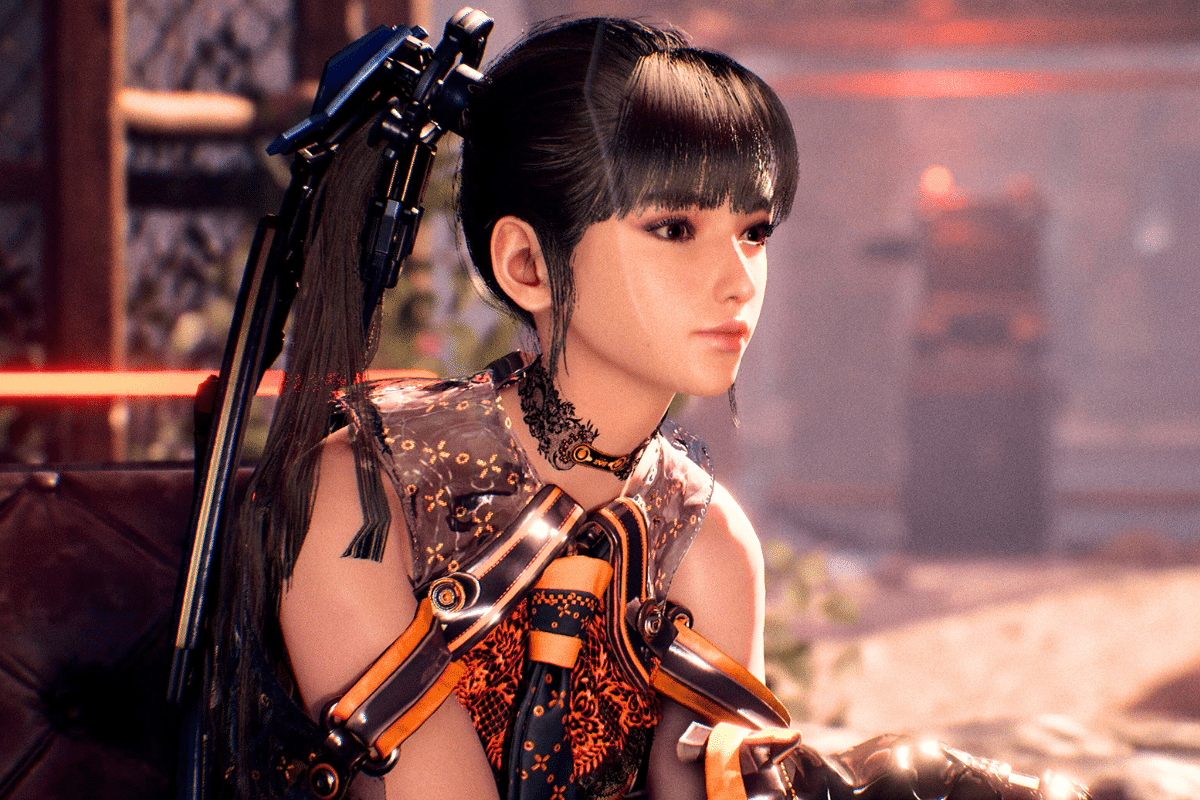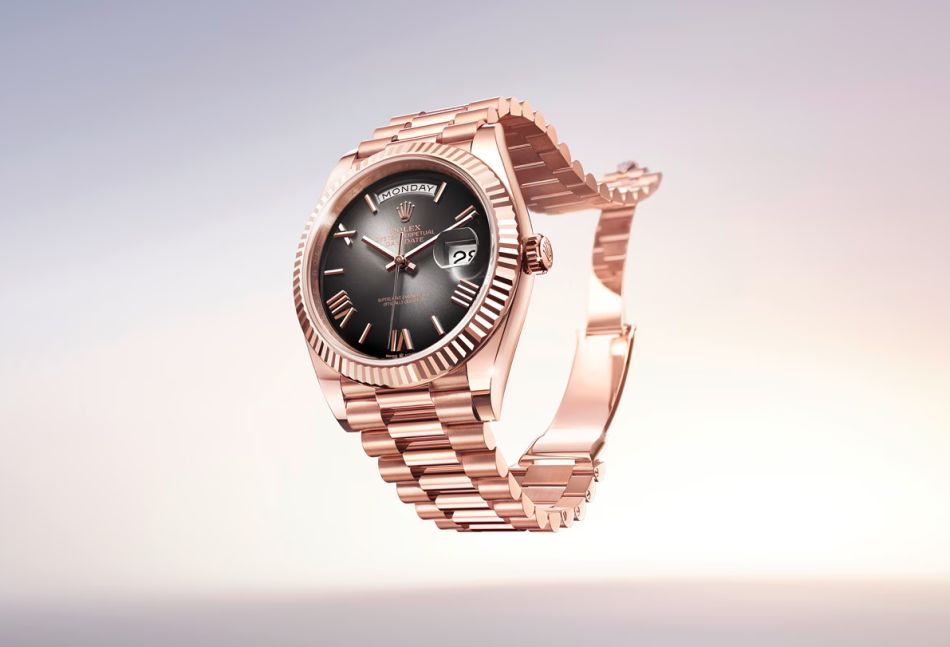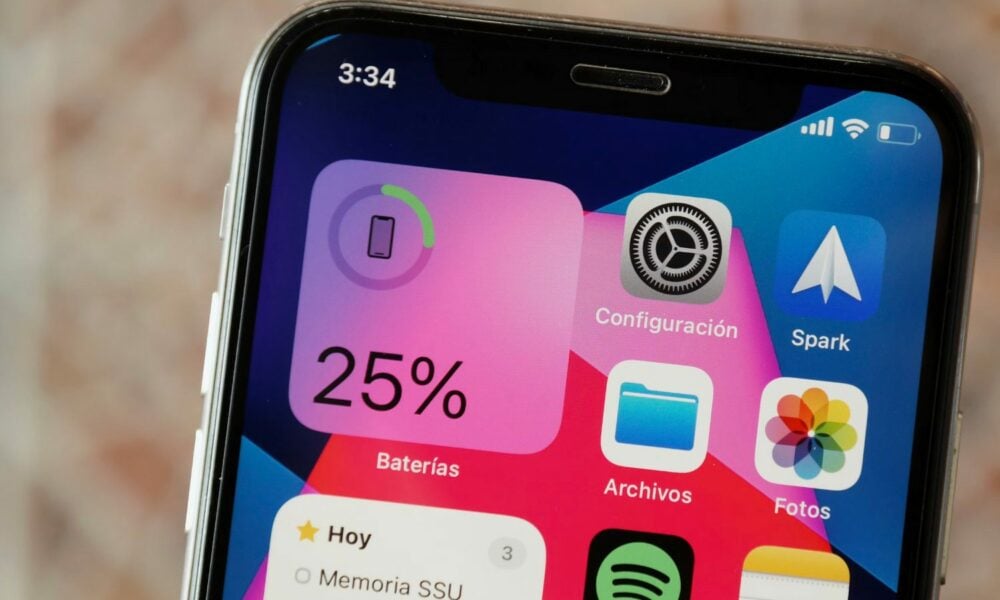
On September 24, a sample of the asteroid taken from space will land on Earth. The CSA team is excited, because thanks to their contribution to this mission, they will be able to recover part of this celestial body. Studying it is supposed to help better understand the formation of the solar system and the emergence of life on Earth.
The space probe was launched on September 8, 2016 Osiris Rex It arrived near the asteroid Bennu on December 3, 2018. It then remained in orbit around this star for two years, during which it collected data that allowed it to choose a suitable site for sampling.
A sample was finally taken from Bennu on October 20, 2020. A few months later, the probe began its journey back to Earth. On September 24, the capsule containing the asteroid sample should be launched. The latter will pass through the Earth’s atmosphere before landing in the Utah desert. The probe Osiris RexFor her part, she will leave for another heaven.
What is the point of such a mission when asteroids – or at least their fragments – are already on the ground of our planet? “These fragments that fell to Earth were exposed to extreme temperatures as they passed through the atmosphere and may have been exposed to contamination during the thousands of years they spent on the Earth’s surface, which highlights the importance of going to space to search for an intact sample,” says Caroline Emmanuel Morissette, a scientist in the Science Program. Planets at ASC: “Neither Earth’s atmosphere nor terrestrial vehicles have changed.”
“We believe that an asteroid like Bennu forms part of the early formation of the solar system, and may contain parts that may be older than the solar system. Collecting a sample from Bennu will allow us to open a window into the early formation of the solar system, to understand its formation and origin.
Bennu has remained almost intact since the formation of the solar system 4.6 billion years ago, and represents an important witness to this distant era. It should provide clues about how planets formed.
The scientist explains that asteroids like Bennu were formed early in the formation of the solar system, when energy began to decline and clouds of matter condensed and solidified. But unlike planets, asteroids are not differentiated and are much smaller in size.
Signs of the emergence of life?
In addition, Bennu “likely contains organic compounds and water, which are essential ingredients for life,” says MI Morissette. “Studying these asteroid components can give us clues about how life emerged on Earth and the role of asteroids in this process,” she says. Because some have proposed the hypothesis that the chemical elements necessary for the emergence of life on Earth come from meteorites that fall on it.
Those responsible for the mission Osiris Rex They chose the asteroid Bennu as their target for various reasons. First, because it passes by our planet every six years: its orbit exceeds Earth’s orbit, which makes the probe’s movement easier and shorter. So, because the asteroid chosen must have a diameter of more than 200 meters, because the smallest asteroids rotate very quickly. M confirms: “It is difficult to approach an asteroid and take a sample of its surface if its rotation speed is very high.”I Morissette.
Five asteroids met these criteria. Bennu was favored because it appears to be particularly rich in carbon, which is why it could provide evidence of the appearance of the first organic molecules. It also has a diameter of 500 metres, and rotates in 4.3 hours, which made it possible to take the sample without any problem.
Canada share
Before embarking on this delicate maneuver, investigate Osiris Rex Mapping Bennu’s surface in detail using the Canadian OLA tool (Osiris Rex Laser altimeter, which is like radar, emits a laser beam toward the asteroid and picks up what is reflected from its surface. The time elapsed between the issuance and reception of these pulses allows the distance between the probe and the surface to be determined, thus drawing a three-dimensional topographic map of the asteroid “with exceptional accuracy.”
“The surface was expected to be smoother, but it was full of debris and fragments, which made choosing a sampling site more difficult. But one of the biggest surprises we encountered was that this debris was completely loose. When the robotic arm approached to take a sample, it was expected that The surface is hard. However, the samples were easily immersed to a depth of 50 cm. “We even had to turn the probe to go backwards and stop the arm,” says the researcher.
Since the CSA provided the OLA, it will receive 4% of the sample collected. He added: “We will keep it under pure nitrogen, which is an inert gas that prevents interactions with the atmosphere. We want it to be preserved as it was found in space,” explains M.I Morissette.
This piece of asteroid will then be made available to the scientific community, both Canadian and international, for study.






